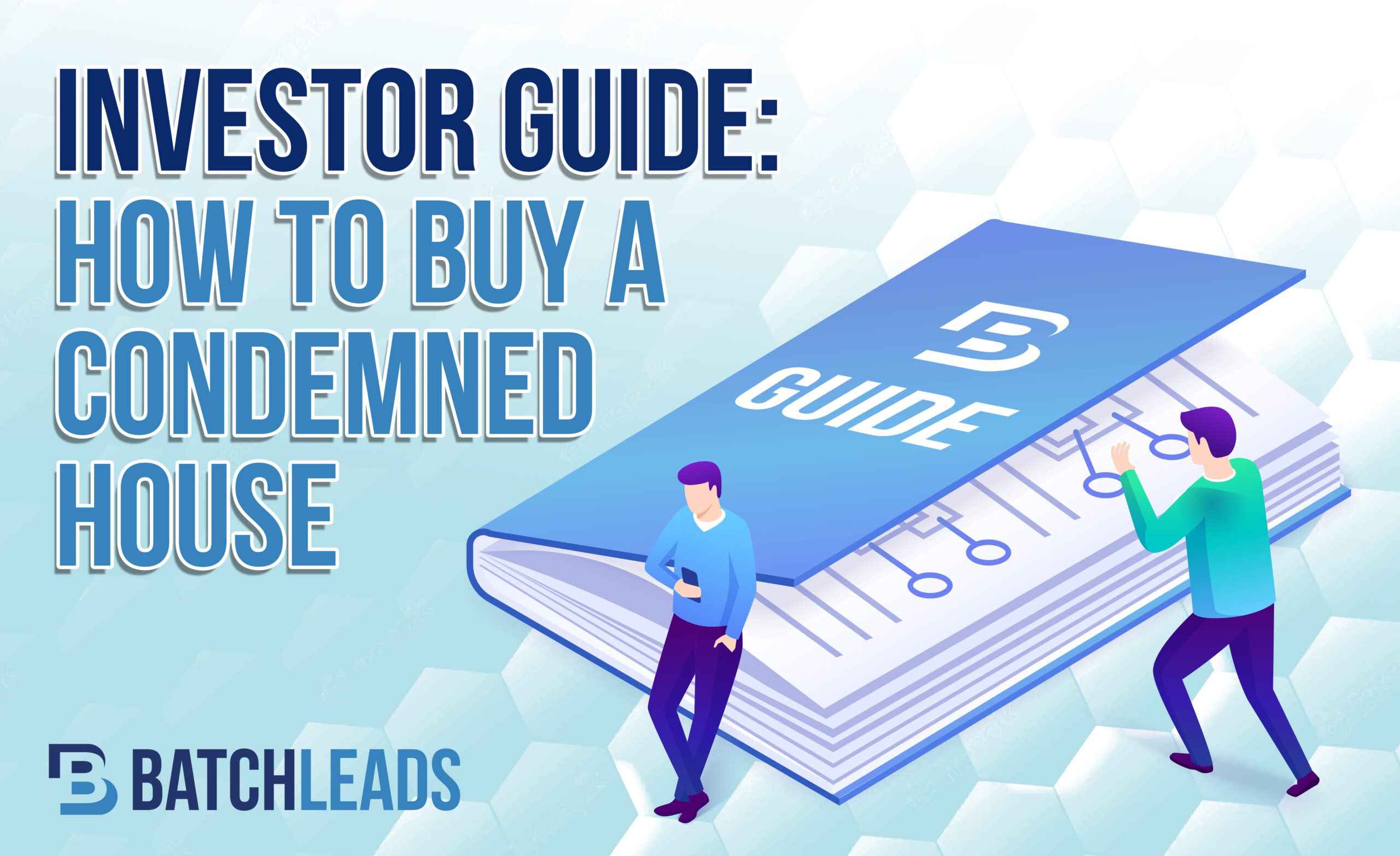Are you thinking about buying one or more condemned homes? There are a lot of potential rewards associated with investing in condemned homes and reselling them. But, as with anything in life that comes with rewards, there are also potential risks to consider before purchasing condemned property. In this brief guide about how to buy a condemned house, we review why homes are condemned, share what to consider before making an offer, and highlight potential risks and rewards.
What is a condemned home?
A condemned home is a home that a government entity deems no longer fit or safe. However, just because a home is condemned doesn’t mean it is a lost cause. Condemned houses may be inhabited again once they are rehabilitated and pass inspection.
Since condemned homes are not fit to live in, they are often sold significantly below market value. Suppose you have experience renovating or fixing up houses and are confident that you can do so while sticking to a strict budget. In that case, you may find that buying condemned homes and fixing them up or reselling them for a higher price is an excellent way to earn a profit.
Why is a house condemned?
There are many different reasons a house may be condemned. Here are a few possibilities that could lead to such an outcome:
- Extensive termite damage
- Infrastructure failure
- Black mold
- Unsanitary living conditions
- Constructed with unsafe materials
- Extensive structural damage due to weather catastrophes
Many homes can be repaired by people with the proper professional knowledge, including condemned homes. In other cases, a condemned home may not be worth the money it will take to fix it up, and demolition may be the necessary course of action.
How to buy a condemned home
Buying a condemned home is very similar to purchasing a non-condemned home. You need to locate the property, make an offer, and complete the closing paperwork if your offer is accepted. You may find that the trickiest aspect of buying a condemned home is finding the listing for the house before someone else buys it. A property intelligence platform like BatchLeads can help you search for condemned properties in specific geographic areas so you can jump on good deals when you see them.
Before buying a condemned house, you’ll want to ensure no liens or violations are attached to the property title. If you’re not sure how to do this, a real estate agent can help you check the title and ensure you don’t buy a property with strings attached. .
Benefits of purchasing
There are several benefits associated with purchasing a condemned home. The primary benefit is that you can often get a very steep financial discount on the house. You may even find that the property and the home are selling for barely more than the value of the land. If you have the ability to fix the property yourself or experience working with contractors, you can significantly increase its value and make a nice profit when you sell it.
Risks of purchasing
On the other hand, there are also risks associated with buying condemned property. One of the main risks you take when purchasing condemned property is being unable to restore the home without paying more for the restorations than the home will be worth once it’s ready for resale.
You may also be taking on unwanted responsibilities if the condemned home you purchase creates problems for the entire neighborhood. For example, if the home you buy has a rodent or mold problem, you could be held liable if these problems affect the neighbors’ properties or health.
Key takeaways
A condemned house has the potential to be a profitable real estate investment. But before you buy a condemned house, make sure you conduct a thorough property evaluation so you can ensure the risks don’t outnumber the rewards.



